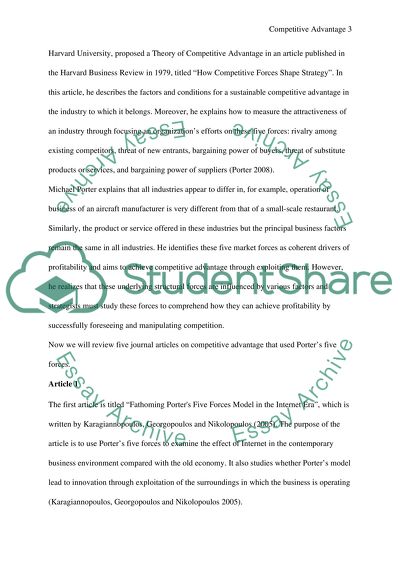Cite this document
(“Review of Articles: Investigating Advantage Using Porter's Five Forces Book Report/”, n.d.)
Retrieved from https://studentshare.org/marketing/1450995-review-on-competitive-advantage-using-porters
Retrieved from https://studentshare.org/marketing/1450995-review-on-competitive-advantage-using-porters
(Review of Articles: Investigating Advantage Using Porter'S Five Forces Book Report/)
https://studentshare.org/marketing/1450995-review-on-competitive-advantage-using-porters.
https://studentshare.org/marketing/1450995-review-on-competitive-advantage-using-porters.
“Review of Articles: Investigating Advantage Using Porter'S Five Forces Book Report/”, n.d. https://studentshare.org/marketing/1450995-review-on-competitive-advantage-using-porters.


